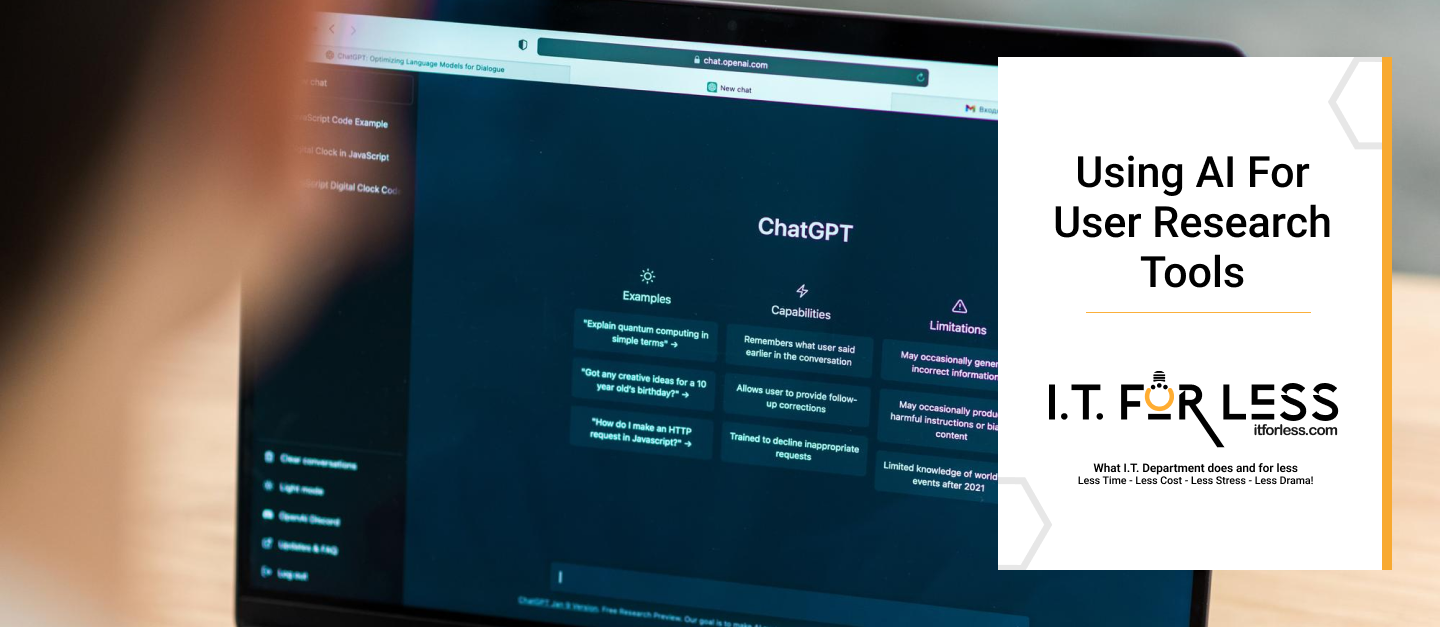User research has always been the compass guiding product decisions. But for many small teams, it’s often a luxury they can’t afford. The process is time-consuming, resource-intensive, and sometimes feels like a detour from building the actual product. As a result, decisions are made based on assumptions, gut feelings, or the loudest voice in the room.
Enter AI. Not as a replacement for human insight — a powerful assistant that accelerates and amplifies the research process.
With the right tools, it can help you gather, analyse, and interpret user data faster and more efficiently than ever before. Read on as we discover AI tools to discover as we open this valid database sear
What Is AI User Research?
AI-driven user research leverages artificial intelligence to collect, process, and interpret user data. It spans both quantitative methods (like analytics and heatmaps) and qualitative methods (like interviews and open-ended feedback).
The goal isn’t to replace human researchers but to enhance their capabilities, allowing for deeper insights and faster decision-making.
Benefits of Using AI in User Research
- Speed: AI accelerates data collection and analysis, reducing the time from research to action.
- Scalability: Handle larger datasets without a proportional increase in resources.
- Consistency: Minimize human error and bias in data interpretation.
- Depth: Uncover patterns and insights that might be missed through manual analysis.
- Cost-Effectiveness: Achieve comprehensive research outcomes without the need for a large research team.
What AI Can’t Replace
While AI is a powerful tool, it has its limitations:
- Human Empathy: AI can’t replicate the nuanced understanding that comes from human-to-human interaction.
- Strategic Thinking: Interpreting data within the broader business context requires human judgment.
- Bias Awareness: AI can inadvertently perpetuate existing biases present in the data it’s trained on.
Therefore, AI should be viewed as an assistant that enhances human capabilities, not a replacement.
AI Tools That Support User Research
1. Survey Analysis
Traditional surveys can be limiting, especially when it comes to analysing open-ended responses. AI-powered tools like Type form AI and SurveyMonkey integrated with Monkey Learn can automatically analyse text responses, detect sentiment, and identify key themes.
This means you can quickly understand user feelings and opinions without manually sifting through each response.
2. Interview Summarization
Conducting user interviews is invaluable, but transcribing and analysing them can be tedious. Tools like Fireflies.ai can automatically transcribe, summarize, and highlight key insights from your interviews.
This allows you to focus on interpreting the data rather than getting bogged down in the logistics.
3. Behaviour Tracking
Understanding how users interact with your product is crucial. Platforms like Hotjar and FullStory use AI to analyse user behaviour and highlighting friction points and areas of confusion.
By visualizing user journeys, you can identify where users drop off or struggle, enabling you to make targeted improvements.
4. Creating a Persona
Creating user personas helps in tailoring your product to meet user needs. AI tools like Delve AI and Vizia can automatically generate personas by analysing data from social media, Google Analytics, and CRM systems.
These dynamic personas evolve with your user base, ensuring your strategies remain aligned with user behaviours and preferences.
5. Voice of Customer Mining
Every support ticket, review, or social media comment is a piece of feedback. AI-powered tools like Senti Sum can analyse these sources to extract meaningful insights, helping you understand common pain points and areas for improvement.
Real-Life Examples / Use Cases of User Research with AI
- A SaaS Startup:
A small SaaS company used Fireflies.ai to transcribe and summarize 30 customer interviews in just 15 minutes, allowing them to quickly identify common user concerns and prioritize feature development.
- An eCommerce Brand:
An online retailer leveraged AI tools to segment buyer behaviour, enabling them to tailor marketing content to different customer groups, resulting in increased engagement and sales.
- A UX Designer
A UX professional employed heatmaps and AI-driven analysis to identify friction points on a landing page, leading to design adjustments that improved user conversion rates.
Conclusion
User research doesn’t have to be a daunting, resource-heavy endeavour. With AI tools, even small teams can gain deep insights into user behaviour and preferences. By integrating AI into your research processes, you can make more informed decisions, faster. Embrace AI as your co-pilot in understanding your users, and watch your product evolve in ways that truly resonate with your audience.
